Popular Tips
YOU MIGHT BE INTERESTED IN
How to Handle and Prevent A Tyre Burst or Blowout
by IndianAuto Team |
28/06/2018
Tyre burst or tyre blowout is one of the driving nightmares of drivers, especially on the high way. These pieces of advice below will save you in many unexpected situations.










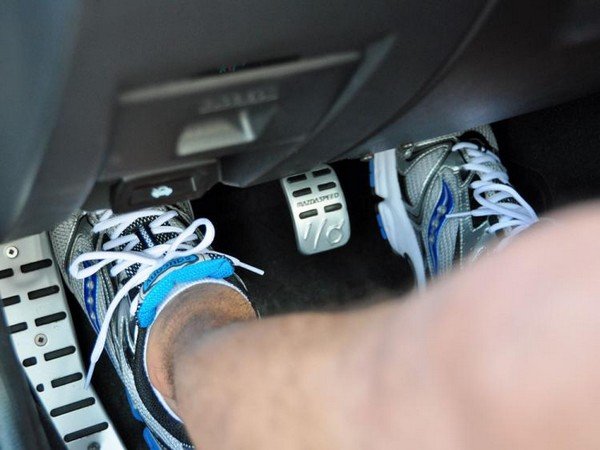
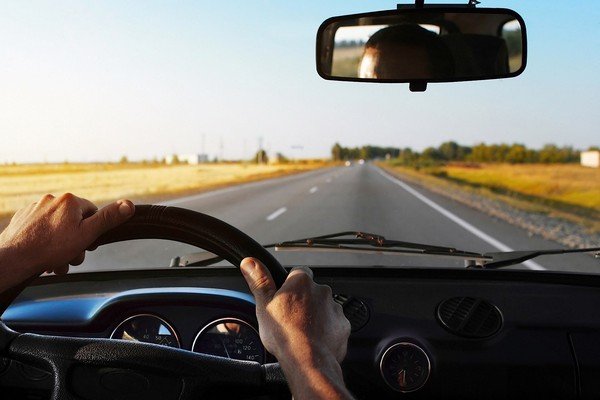

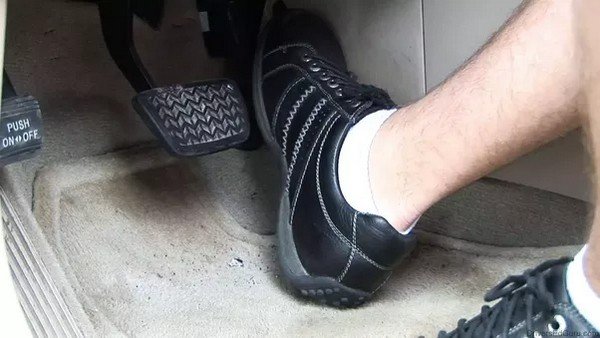
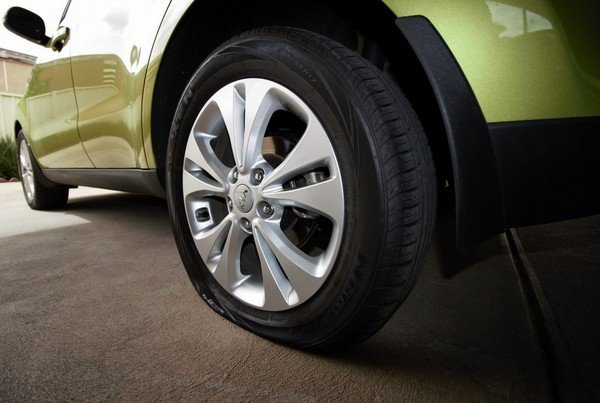
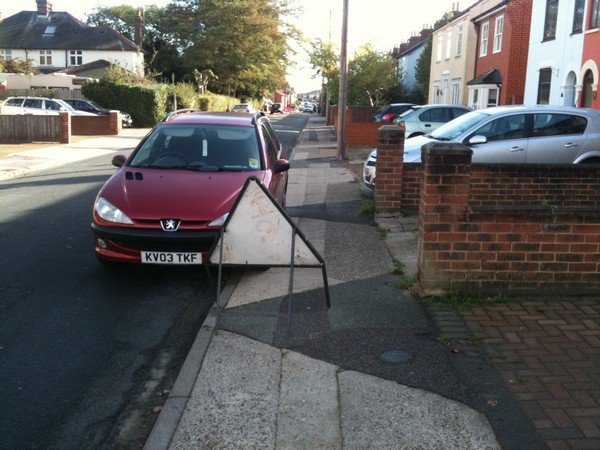
 Follow us on google news
Follow us on google news
